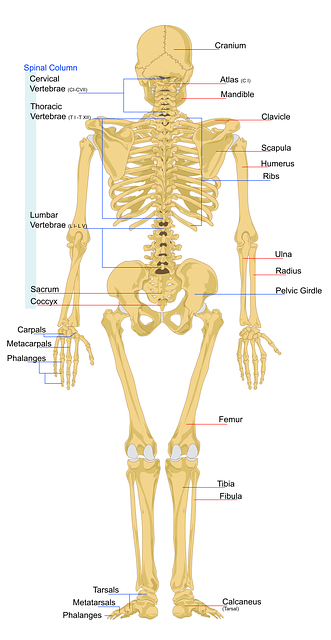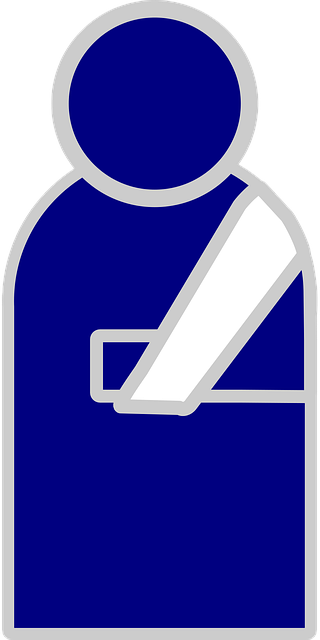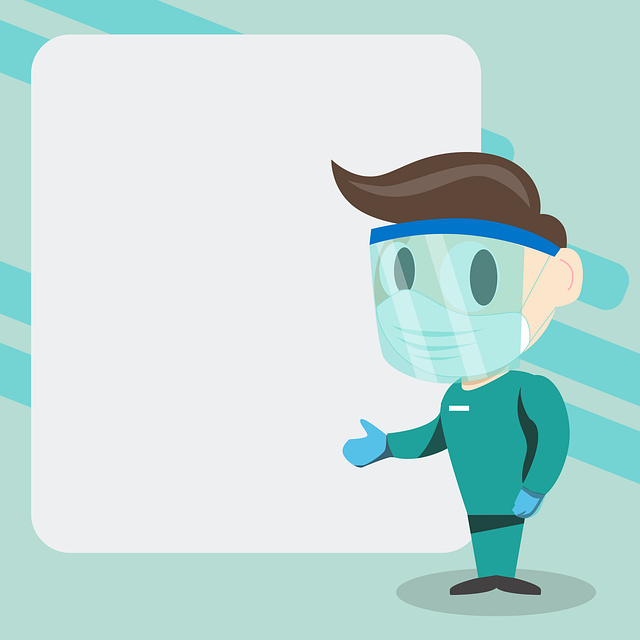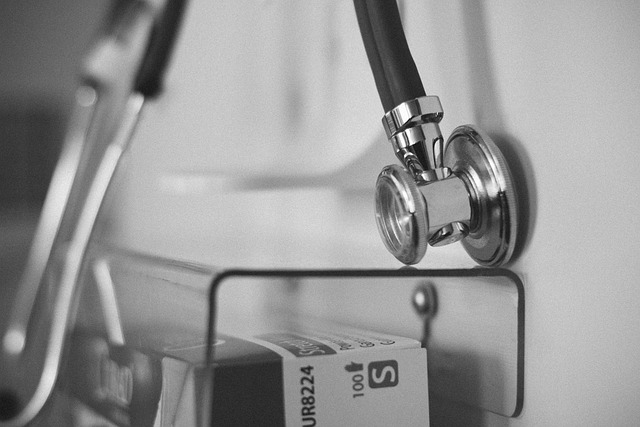After a car accident, sudden head movements or impact can cause whiplash and back pain. Emergency chiropractic care provides specialized, non-invasive treatments by chiropractors to quickly ease discomfort, reduce inflammation, and restore mobility. This approach, including manual adjustments and soft-tissue therapy, aids in preventing long-term complications and helps auto accident victims resume daily activities promptly.
Whiplash and back pain are common yet debilitating injuries resulting from car accidents. If you’ve experienced these symptoms, understanding your options for fast relief is crucial. This article explores the role of emergency chiropractic care in providing prompt alleviation for auto accident victims suffering from whiplash and back pain. We’ll delve into what to expect during and after treatment, empowering you with knowledge about this effective and non-invasive approach.
- Understanding Whiplash and Back Pain After an Auto Accident
- The Role of Emergency Chiropractic Care in Fast Relief
- What to Expect During and After Emergency Chiropractic Treatment
Understanding Whiplash and Back Pain After an Auto Accident

Whiplash and back pain are common injuries that can occur after an auto accident. Whiplash, a condition characterized by neck pain and stiffness, often results from the sudden acceleration or deceleration of the head during a collision. Similarly, back pain can stem from various factors, including muscle strains, disc herniations, or spinal misalignments caused by the impact.
Auto accident victims experiencing these symptoms should consider emergency chiropractic care. Chiropractors are trained to diagnose and treat musculoskeletal disorders, offering non-invasive and effective treatments for whiplash and back pain. Prompt chiropractic intervention can help alleviate immediate discomfort, reduce inflammation, and speed up the healing process, ensuring victims can regain mobility and return to their normal routines as quickly as possible.
The Role of Emergency Chiropractic Care in Fast Relief
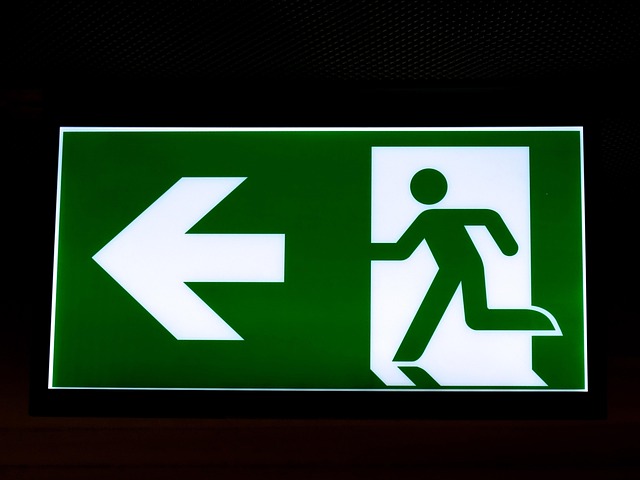
In the immediate aftermath of a car accident, every second counts when it comes to managing pain and seeking proper medical attention. This is where emergency chiropractic care plays a pivotal role for auto accident victims. Chiropractors specializing in trauma and emergency care are trained to swiftly assess and address musculoskeletal injuries, including those commonly associated with whiplash and back pain.
Emergency chiropractic care for auto accident victims focuses on providing rapid, effective relief from acute pain. Through specialized techniques and adjustments, chiropractors can help reduce inflammation, improve nerve function, and restore mobility, all of which are crucial in the healing process. This prompt intervention can significantly alleviate symptoms, enhance recovery, and prevent long-term complications that may arise from untreated injuries.
What to Expect During and After Emergency Chiropractic Treatment
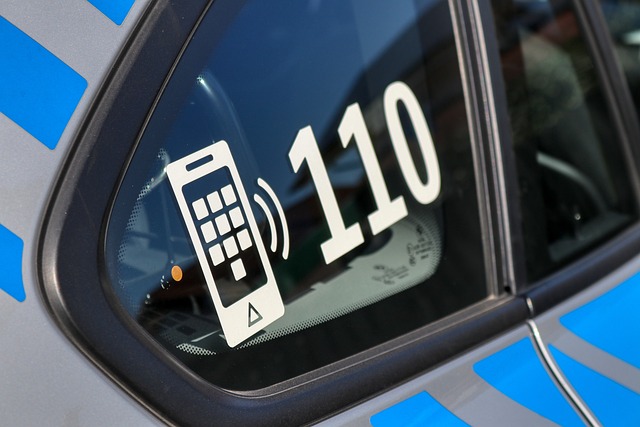
During emergency chiropractic treatment for auto accident victims, patients can expect a thorough assessment to understand and address their specific injuries. Chiropractors employ a combination of manual adjustments, soft-tissue therapy, and ice or heat applications to provide immediate relief from whiplash and back pain. You may feel some discomfort during the adjustment, but this is usually temporary and signifies that your spine is being correctly aligned.
After the initial treatment, it’s common to experience improved mobility and reduced pain symptoms. Your chiropractor will likely recommend follow-up sessions to continue correcting spinal misalignments and promote healing. It’s crucial to adhere to post-treatment instructions, including any prescribed exercises or care routines, to ensure optimal recovery and prevent further injuries.
In light of the above, it’s clear that emergency chiropractic care plays a pivotal role in providing fast relief for whiplash and back pain suffered by auto accident victims. This non-invasive treatment offers significant advantages in terms of swift symptom reduction and improved mobility, making it an ideal solution for those seeking immediate alleviation following a collision. By understanding the process and what to expect, individuals can make informed decisions regarding their well-being and take a proactive step towards recovery after an auto accident.



